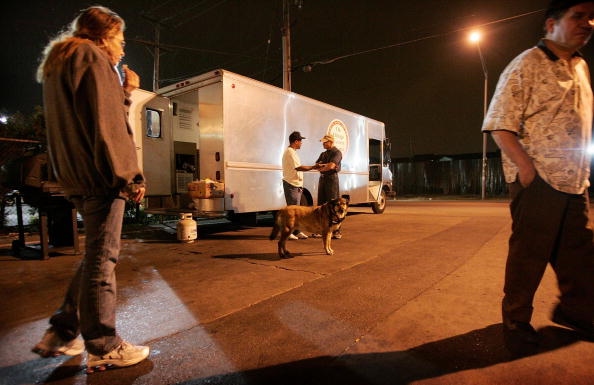
Four states saw their rates of hepatitis C infections triple from 2006 to 2012, according to a report from the U.S. Centers for Disease Control and Prevention. The rapid rise is largely due to addicts who are injecting opioid drugs or heroin.
The rise in hepatitis C cases was seen across the country, but the states of Kentucky, Tennessee, Virginia, and West Virginia had the biggest increases, especially in people under age 30. The rates in those states rose 364%. More than 70% of people infected with hepatitis C for whom risk factors were reported said that they had been injecting drugs, according to the report.
The CDC is calling for better health services to contain the spread of hepatitis C. These services would include testing for the virus and treatment for substance abuse.
This rise in hepatitis C due to injecting drugs may mean that a large rise in the number of people infected with HIV may be coming in those four states. Both HIV, the virus that causes AIDS, and hepatitis C are spread by sharing contaminated needles. The Midwest and the Appalachian states have seen a large increase in the number of people addicted to prescription opioid drugs. Indiana is currently dealing with an unprecedented outbreak of HIV infections in Scott County, which is just north of Kentucky.
"Taken together, these increases indicate a geographic intersection among opioid abuse, drug injecting, and [hepatitis C virus] infection in central Appalachia and underscore the need for integrated health services in substance-abuse treatment settings to prevent [hepatitis C virus] infection and ensure that those who are infected receive medical care," according to the report, published in the CDC's Morbidity and Mortality Weekly Report.
Hepatitis C is a contagious liver infection that is blood-borne, primarily. It can lead to liver damage and failure, liver cancer, or death.
You can read the CDC report at http://www.cdc.gov/mmwr/preview/mmwrhtml/mm6417a2.htm?s_cid=mm6417a2_w.
